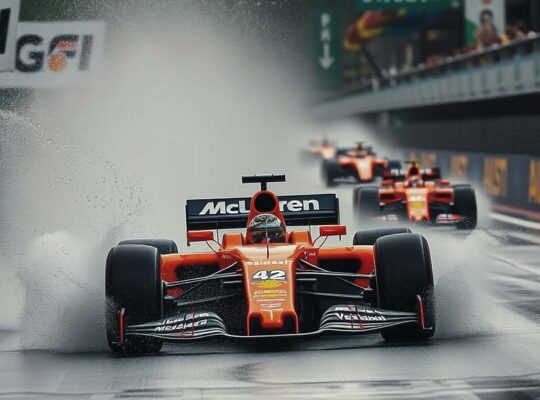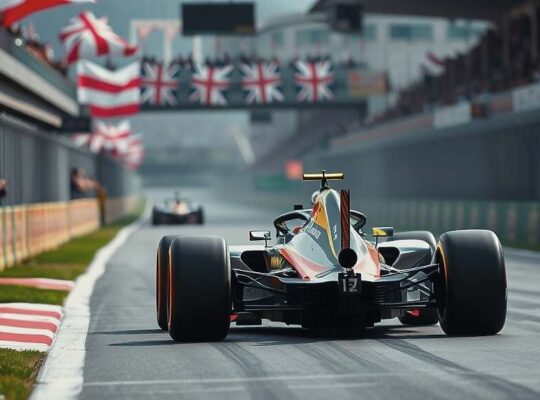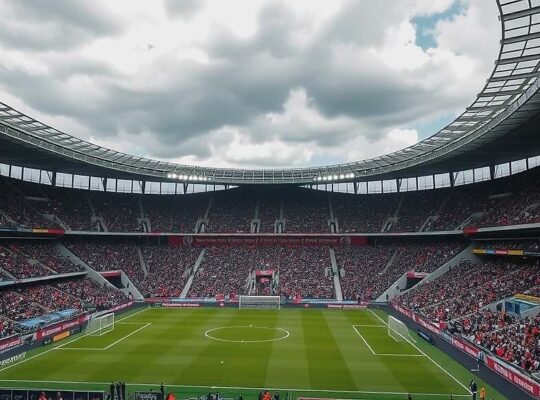The Brazilian Grand Prix delivered a dramatic shift in the World Championship standings, with McLaren’s Lando Norris claiming victory amidst a chaotic race and intensifying the pressure on reigning champion Max Verstappen. Norris’s win extends his lead in the championship, a significant development potentially signaling a changing of the guard in Formula 1.
The race was immediately characterized by high drama. A first-corner incident involving Oscar Piastri, Andrea Kimi Antonelli and Charles Leclerc resulted in Leclerc’s retirement, setting the stage for a strategically complex event. Piastri’s subsequent rise to second place was ultimately thwarted by Antonelli, a performance that underscores the emergence of a new contender in the sport and raises questions about the depth of talent flourishing within the ranks.
While Verstappen started from the pit lane, his relentless climb through the field, punctuated by a shrewd early pit stop exploiting a virtual safety car period, demonstrated his enduring tenacity. Despite securing a third-place finish, the fact he needed such a recovery effort highlights the growing challenge presented by Norris and a resurgent McLaren team. His inability to overtake Antonelli further compounds an image of a driver struggling to maintain dominance.
The race outcome has instigated a period of intense scrutiny, particularly regarding Red Bull’s strategic decisions and vehicle performance. Verstappen’s struggles, coupled with the clear and consistent pace demonstrated by Norris, are forcing uncomfortable questions within the team and sparking debate about the effectiveness of their current approach. The 24-point lead Norris now holds over Piastri and the substantial 49-point advantage over Verstappen represent a considerable advantage, suggesting a potential power shift. The emerging form of Antonelli, securing a strong second-place finish and resisting Verstappen’s advances, adds another layer of complexity to the championship battle and poses a genuine threat to both leading drivers.












